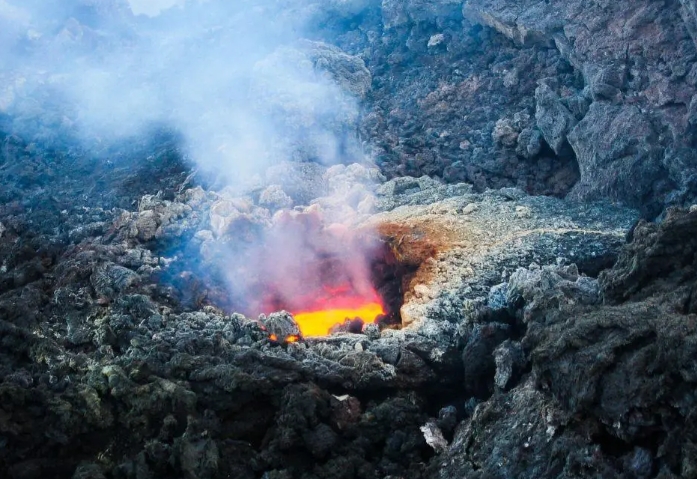Volcanoes are fascinating natural wonders that have both captivated and terrified people for centuries. Here are 10 surprising facts about volcanoes that you may not have known:
1. Volcanoes can be found on every continent, including Antarctica. While many people associate volcanoes with the “Ring of Fire” in the Pacific Ocean, there are actually volcanoes all over the world.
2. The largest volcano in the world is Mauna Loa in Hawaii. It is not only the largest, but it is also one of the most active volcanoes on Earth.
3. Volcanoes can be underwater. Submarine volcanoes, also known as seamounts, are common in the world’s oceans and play a crucial role in the formation of underwater ecosystems.
4. Volcanoes can create new land. When lava flows from a volcano and cools, it forms solid rock, which can eventually build up and create new landmasses.
5. Some volcanoes are so powerful that they can affect the Earth’s climate. Major volcanic eruptions can release large amounts of ash and gases into the atmosphere, which can lead to temporary cooling of the planet.
6. Volcanoes can be deadly. Eruptions can cause devastating destruction, including pyroclastic flows, lava flows, ash clouds, and lahars (mudflows).
7. There are different types of volcanoes. The four main types are shield volcanoes, stratovolcanoes, cinder cone volcanoes, and composite volcanoes. Each type has unique characteristics and eruption patterns.
8. Volcanoes can erupt in different ways. While some volcanoes have explosive eruptions with fiery lava flows, others have more gentle eruptions with slow-moving lava.
9. Volcanoes are monitored for signs of activity. Scientists use a variety of instruments, such as seismometers and gas analyzers, to monitor volcanoes and predict eruptions.
10. Despite the dangers, people still live near volcanoes. Many communities around the world are located near active volcanoes, drawn by the fertile soil and natural beauty that these geological features provide.

